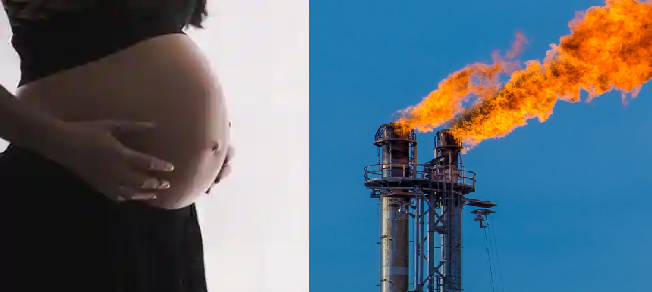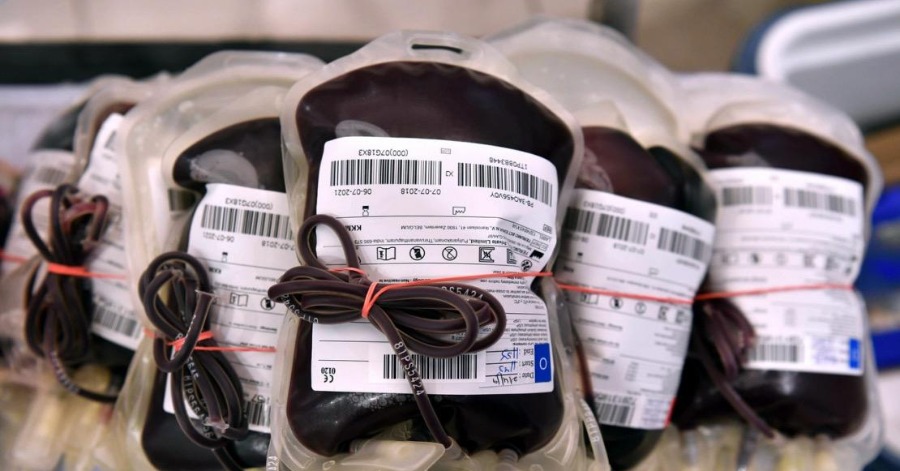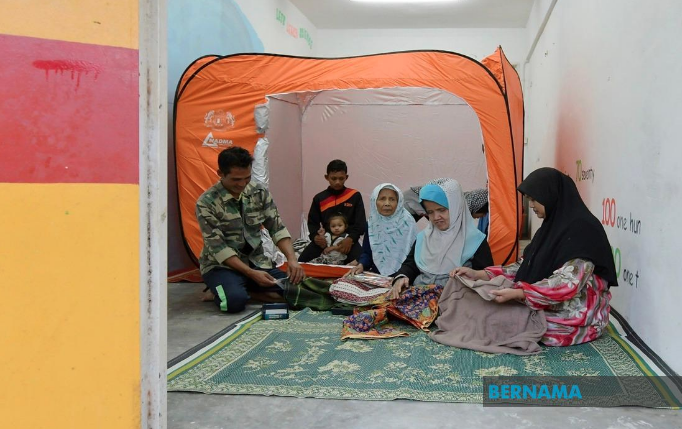Fracking is a slang term for hydraulic fracturing, which is the process of creating fractures in rocks and rock formations by injecting specialized fluid into cracks to force them to open further.
Fracking increases the rate at which water, petroleum, or natural gas can be recovered from subterranean wells.
As this also helped to revitalize local economies in some parts of the United States, most of the opposition to fracking revolves around its potential negative impact on the environment and health of the people.
In this study, fracking seems to be linked to premature births, 50% of them are Hispanic parents, which were found to be more susceptible. Jil Johnston, Assistant professor of Preventive Medicine, USC talked about the study in an interview;
The study in the Journal Environmental Health Perspectives revealed that pregnant women in the south of Texas were 50% more likely to have preterm birth if they lived 3 miles within active flaring.
The flaring has chemicals that already been known to contribute to health depletion like birth outcomes, respiratory irritants, and even bad area odor complaints.
To know the location of flaring sites, researchers use satellite data to find out which homes had expectant mothers within 3 miles of one site in the year 2012-2015.
Using hospital records of 23,487 births, they find the parents that live in the said areas on those years and filter out the births that are possible to have to do with close-proximity flaring expose, understanding when and where they’re occurring. “It helps more than relying on industry data,” she said.
Johnston mentions that Hispanic parents that are exposed to flaring were more likely to experience the risk of preterm birth than white parents.
“We can’t measure for sure why we can see that but it’s sort of a larger pattern and trend we’ve observed over the decades. We also know there’s this long history of discrimination and racism in Texas throughout the country that sort of increases the vulnerability of women of color – and so those social stressors coupled with this environmental pollution or hazard and may create stronger effects for this population compared to the others.”

Even if there hasn’t been much regulation on the flaring, the amount of research and activism to protect communities near these sites are growing.
Johnston mentioned that there have been efforts here and there to better adapt flaring into a certain community and reduce the frequency of it, being used, since there are readily available alternatives than capturing gas and burning them, like ground source and air source heat pumps, shallow geothermal heat storage and biomethane from waste, only to name a few.
Implementing more strict regulations and investing in more renewable, environmental-friendly energy can help protect many newborns that have been affected.
Despite the discord they have between others, we should always take care of children and how these things could affect their overall well-being.
Source: Keck School of Medicine of USC, Twitter @nowthisnews









Leave a Comment